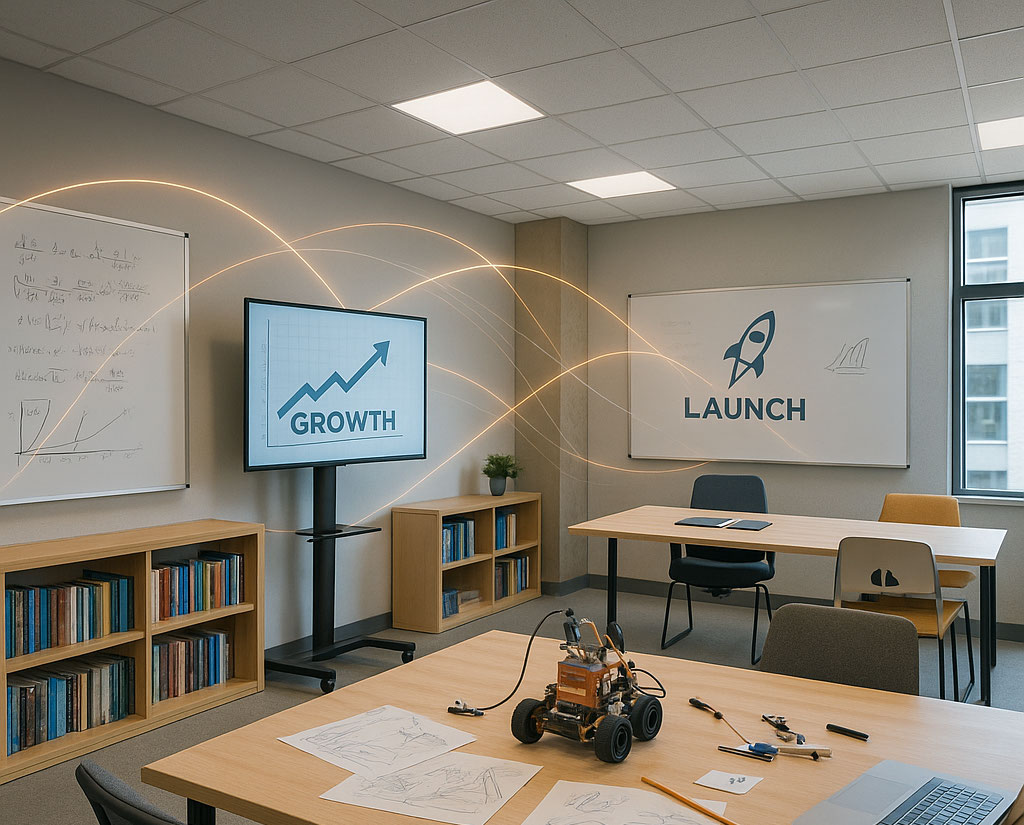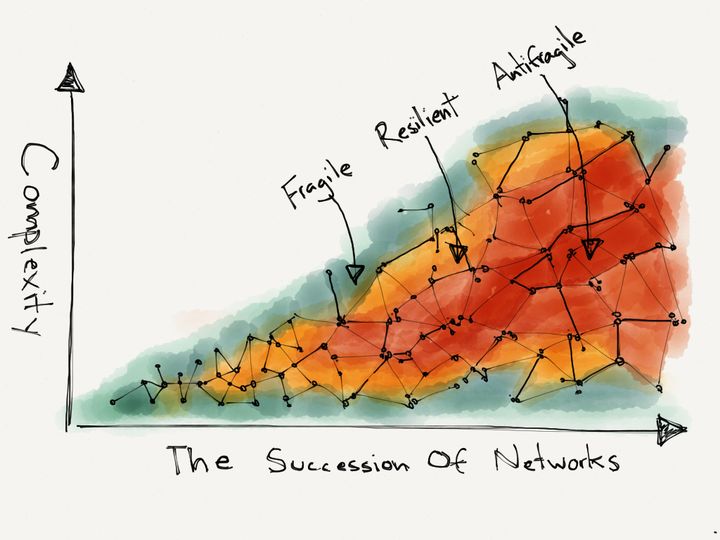
In conversation with David Chang on reimagining university innovation, de-risking entrepreneurship, and creating pathways for student founders to succeed.
Most universities excel at groundbreaking research. Few excel at turning that research into thriving businesses. The University of Alberta is determined to be different.
In a recent HeroX Speaker Series episode, David Chang, entrepreneur-turned-innovation leader at U of A, shared how the institution is revolutionizing its approach to innovation. Rather than focusing solely on traditional tech transfer, they're building something more fundamental: a culture where students and researchers can clearly see the path from idea to impact.
An Entrepreneur Who's Been in the Trenches
David's perspective is shaped by firsthand experience. His entrepreneurial journey began during grad studies, where he developed software for the NMR space that became a "gold standard" in the field. He later served as CEO of a medical diagnostic company, navigating the often-challenging world of fundraising and investor pitches.
"I've been in the trenches," David explains, recalling the struggles of building a company without clear guidance or support structures. Those challenges became his motivation when he returned to academia – not just to teach, but to build the resources and pathways he wished he'd had as an entrepreneur.
Building a Culture, Not Just a Process
Traditional university tech transfer offices often focus on intellectual property management and licensing deals. U of A is taking a broader view.
"We really want to develop a sense of culture of innovation where we can build out the right resources and pathways for innovators to succeed."
This means helping innovators visualize their entire journey, from initial concept through customer validation, product development, and market entry. David emphasizes that many researchers and students have brilliant ideas and the technical skills to develop them, but struggle with a crucial gap:
"What's missing is they don't know how to get it there, right? And so what some of our programs do is really fill in that how, what are the steps..."
Clearing the Path: Practical Support That Moves Fast
U of A has streamlined the often-cumbersome legal and IP frameworks that can slow innovation to a crawl. Templated agreements help "get out of the way" so founders can focus on what matters: building their businesses and understanding their customers.
Early-stage programs emphasize customer validation and problem understanding, not just product development. This shift in focus helps entrepreneurs avoid the common trap of building solutions in search of problems.
Perhaps most remarkably, provincial government funding allows U of A to de-risk the entrepreneurial leap for graduate students and post-docs. Through a non-dilutive stipend program, students receive a salary and expense account for two years to launch their ventures, which is particularly crucial for hardware-based companies that require significant upfront investment.
This approach mirrors HeroX's philosophy of multi-phase challenges that provide runway, embrace learning, and encourage pivoting based on real-world feedback.
Beyond Traditional Research: Challenge-Based Innovation
Innovation at U of A isn't confined to commercializing lab research. Challenge-based pathways starting at the undergraduate level are producing remarkable results.
The success story of Wyvern, a space company that began as a student group and now launches satellites with SpaceX, demonstrates what's possible when you combine ambitious students with the right support structures and opportunities.
"We try to kind of cover the gamut, if you will, of different opportunities..."
Community-Powered Solutions
U of A's innovation ecosystem extends well beyond campus boundaries. The university actively encourages its entrepreneurs to engage with Edmonton's strong innovation community, creating connections that accelerate growth and impact.
A compelling example is the catalytic converter theft challenge run by HeroX with the Edmonton Police Service. This initiative brought together the community to develop innovative solutions to a persistent local problem: demonstrating how challenge-based innovation can address real-world issues while engaging diverse problem-solvers.
Looking Ahead
The work continues to evolve. Recent events like Life Sciences Week and Startup Week in Edmonton showcase the region's growing entrepreneurial energy. University of Alberta is expanding its support to include communication and pitching assistance, and forging international partnerships to bring best practices to Alberta.
Recent initiatives like the Femtech event highlight the institution's commitment to addressing systemic discrepancies in funding and research, ensuring that innovation pathways are accessible and equitable.
Ready to see how challenge-driven innovation creates breakthrough solutions? Watch the full conversation with David Chang on the HeroX Speaker Series to learn how universities, organizations, and communities can build cultures of innovation that transform ideas into impact.
Relevant links from the discussion:
HeroX: www.herox.com
University of Alberta: ualberta.ca
Life Sciences Week Edmonton: lifesciencesweek.ca
Edmonton Unlimited (Startup Week): edmontonstartupweek.com
NASA Tournament Labs: herox.com/NTL
Wyvern: wyvern.space
Go Aero: herox.com/goaero
Lunar Rover Wheel Challenge: herox.com/NASARockandRoll








